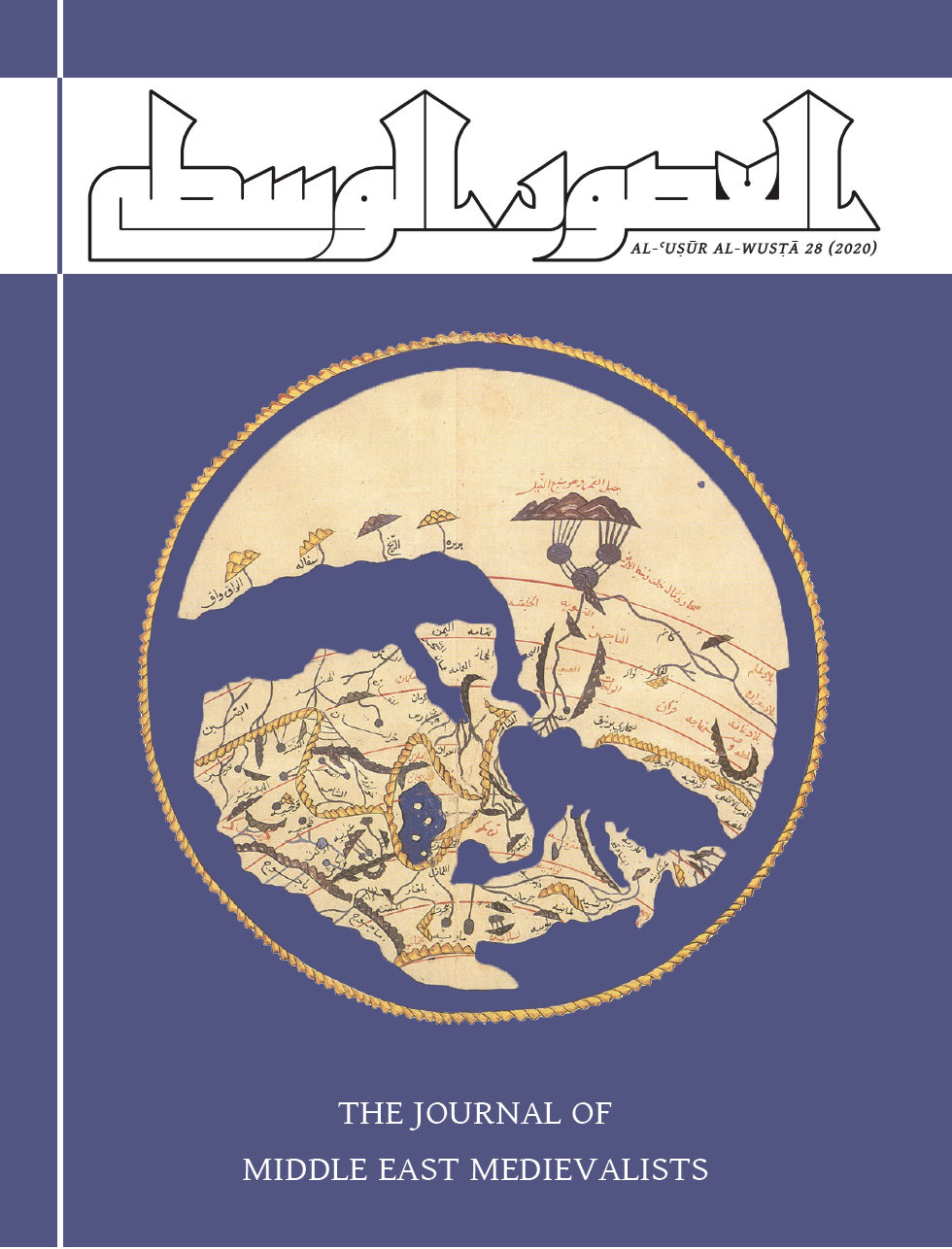Abstract
This article follows prevailing trends in research on the archival practices of the premodern Middle East by emphasizing the importance of documentary life cycles. Specifically, it examines the afterlives of a microsample of documents from an underexplored historical context: the administration of amirs who held iqṭāʿ land grants in areas of Egypt outside Cairo. Though iqṭāʿ holders (muqṭaʿs) were key administrative actors in the Mamluk sultanate, we know little about their activities on the ground. The material investigated here is related to the administration of justice in far-flung districts of Egypt, one of the less-known roles of these muqṭaʿs, and is preserved in the Papyrus Collection of the Austrian National Library in Vienna. Contextualizing the documents by relating them to the activities of several named amirs, I delineate three stages in the documents’ afterlives: archiving, reuse, and disposal. I rely on the materiality of the documents, an indispensable tool for identifying the more enigmatic aspects of documentary life cycles. I then turn to reflect on what these afterlives can tell us about the archival spaces of this administrative setting. By examining the muqṭaʿs’ paperwork, I highlight shifts in meaning that documents underwent over time, calling attention to the phenomenon of casual storage, or “documents lying around.”

This work is licensed under a Creative Commons Attribution-NonCommercial-NoDerivatives 4.0 International License.
Copyright (c) 2021 Daisy Livingston

